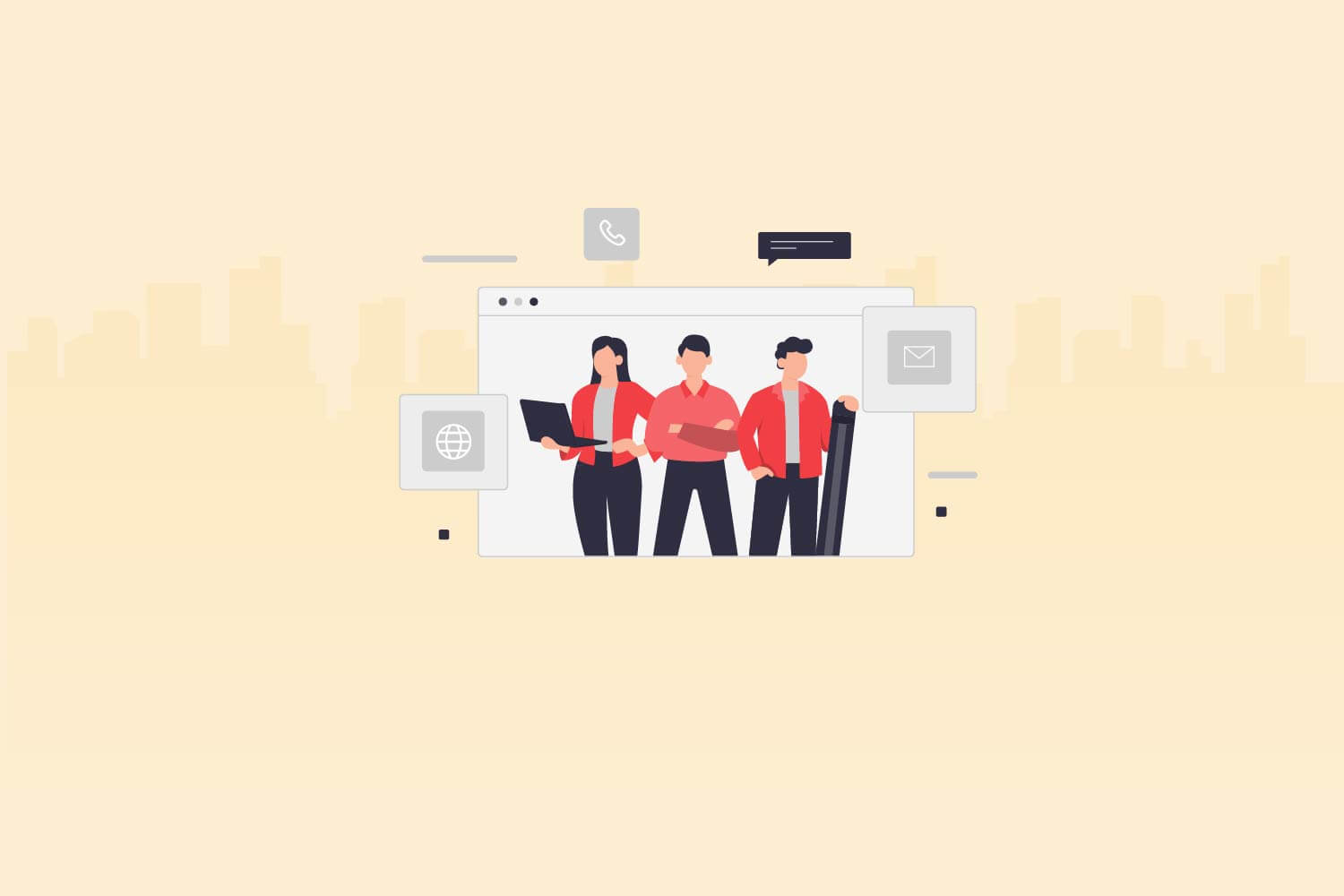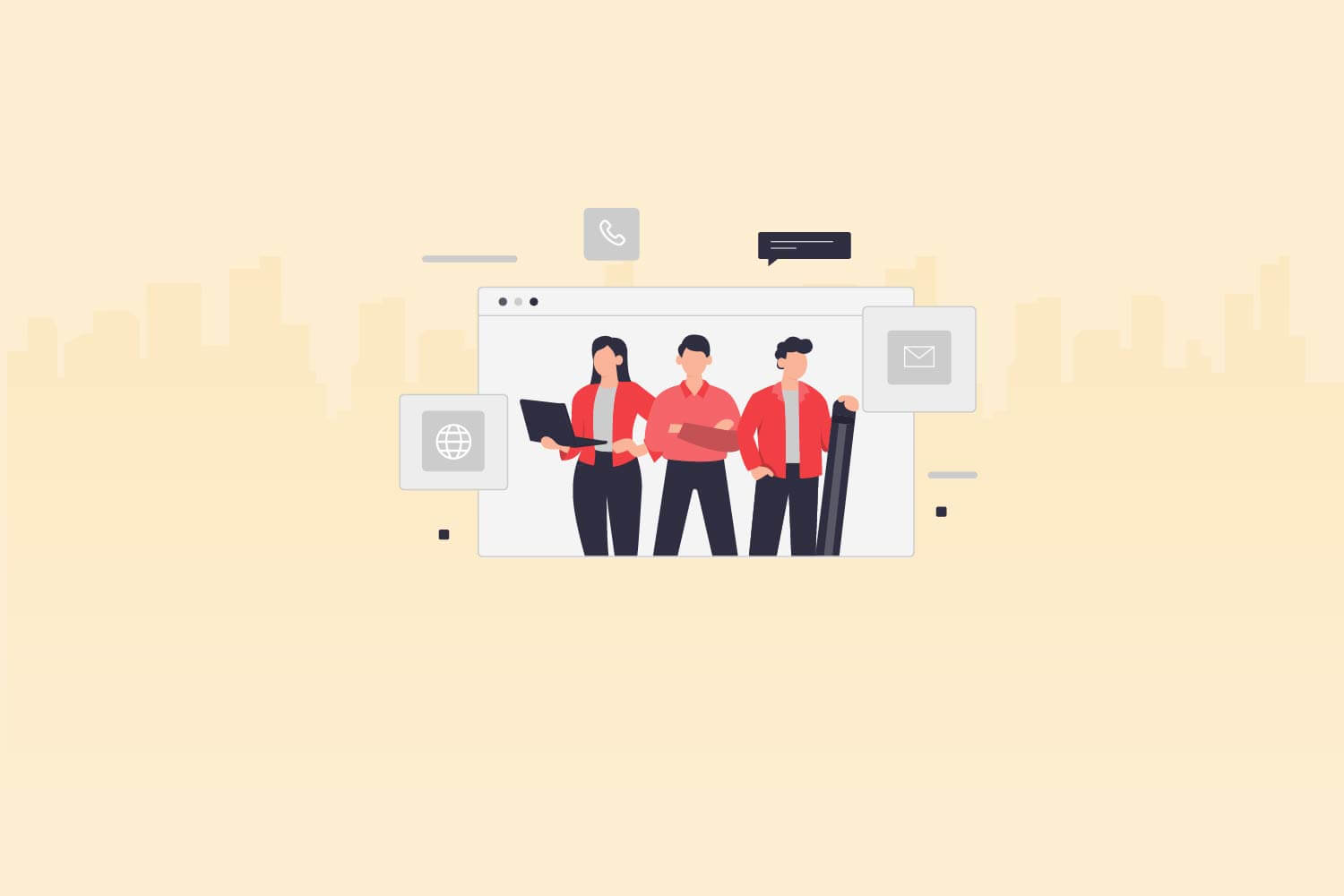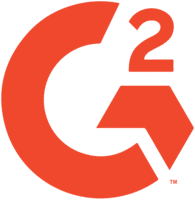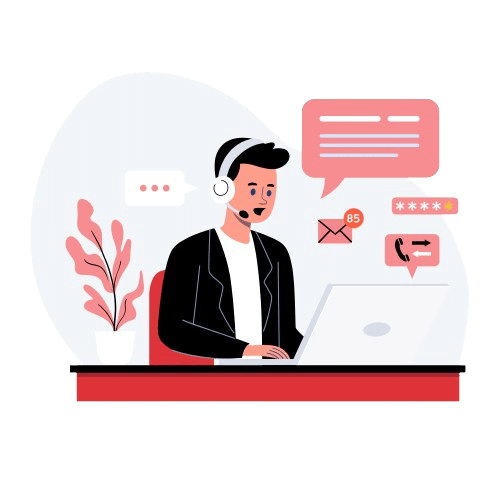Integrating lateral hires effectively maximises their potential and ensures a smooth transition. A study by Glassdoor revealed that organisations with a strong employee onboarding process improves new hire retention by 82%, and productivity by 70%. This blog focuses on tailoring integration programs for lateral talent, addressing unique challenges and opportunities they bring.
Understanding lateral talent onboarding
When we talk about “lateral talent onboarding,” we’re diving into how companies welcome experienced professionals who join their team from different organizations. Imagine starting a new job where you already have plenty of know-how and skills from your previous roles. That’s what lateral hires experience. These individuals aren’t fresh starters; they bring a wealth of knowledge and expertise to their new roles. However, this doesn’t mean they don’t need an introduction to their new workplace.
Integrating these experienced folks into a new company culture is a unique challenge. It’s not just about teaching them the ropes of their new job; they likely already know that. It’s more about helping them blend into the new environment, understand the company’s values, and how things are done here. Effective talent onboarding for these hires is crucial. It ensures they feel welcomed, valued, and ready to hit the ground running. The goal is to make this transition as smooth as possible so they can start contributing their expertise to the team from day one. This approach benefits not only the new hires but also the existing team and the overall growth of the company.
Customized onboarding strategies for experienced hires
When it comes to talent onboarding, one size definitely does not fit all, especially for experienced hires. These professionals are like puzzle pieces with their own unique shapes. They have specific skills, experiences, and expectations. So, when a company brings them on board, it’s crucial to have a plan that fits their unique profile.
Imagine you’re a seasoned chef joining a new restaurant. You don’t need someone to teach you how to cook, but you do need to learn about the new kitchen’s layout, the team’s working style, and the restaurant’s special recipes. That’s where customized onboarding comes in. It’s about giving these experienced hires the right tools and information specific to their role and the company’s culture, without rehashing what they already know.
The key is to focus on what’s new and different for them in this particular organization. This could be the company’s specific processes, tools, or the dynamics of their new team. By tailoring the onboarding process, the company shows that it values the hire’s previous experience while providing them with the targeted support they need to thrive in their new environment. This thoughtful approach to talent onboarding not only makes the new employees feel respected and valued but also speeds up the time it takes for them to become productive members of the team.
Leveraging existing skills and knowledge
In the process of talent onboarding, it’s crucial to recognize and leverage the existing skills and knowledge that experienced hires bring to the table. Think of it like this: you’ve just bought a new smartphone loaded with features. Rather than starting from scratch, you explore and utilize these features to make your life easier and more efficient. Similarly, when a company hires someone with a wealth of experience, they’re bringing in a trove of skills and insights that can be immediately beneficial.
The trick is to identify these skills and figure out how they can fit into the new team’s puzzle. For instance, a marketer with a background in a specific industry might have insights that can give a new perspective to your team’s projects. Or, a software developer with experience in a certain coding language could spearhead projects using that technology.
Effective talent onboarding should involve a thorough assessment of what these experienced professionals know and how it aligns with the company’s current needs and future goals. It’s not just about filling a position; it’s about enriching the team with new capabilities and perspectives. By valuing and utilizing their pre-existing knowledge, companies not only boost their teams’ productivity but also make new hires feel valued and understood, fostering a positive and productive work environment from the start.
Fostering seamless team integration
When it comes to talent onboarding, one of the key goals is ensuring that new hires, especially those with plenty of experience, blend smoothly into their new teams. Think of it like adding a new ingredient to a well-loved recipe; you want it to enhance the flavor without overpowering the existing elements.
This seamless integration isn’t just about making introductions; it’s about creating a sense of belonging and understanding within the team. It involves more than just showing the new hire their desk and introducing them to their colleagues. It’s about helping them understand the team dynamics, the informal ways of working, and the unspoken rules that aren’t found in any handbook.
For instance, pairing the new hire with a buddy or mentor can be a great way to provide them with insights into the team’s culture and work style. Regular check-ins and team-building activities can also help. These efforts ensure that the new member not only understands their role and responsibilities but also feels a part of the team’s social fabric.
Effective talent onboarding in this aspect is crucial for building a cohesive and productive team environment. It’s about making the new hires feel welcomed and valued, which in turn fosters a positive and collaborative work culture. This approach not only benefits the new employee but also strengthens the entire team, leading to better communication, collaboration, and overall performance.
Continuous support and growth opportunities
The journey of talent onboarding doesn’t end after the first week or even the first month. It’s a continuous process, especially important for experienced hires who are looking to grow and excel in their new roles. Think of it like nurturing a plant; it needs ongoing care and the right environment to thrive.
For these seasoned professionals, ongoing support and opportunities for growth are key. This means helping them settle in and providing avenues for them to develop their skills further and contribute more significantly over time. It’s about understanding and aligning their career aspirations with the company’s goals.
Regular training sessions, mentorship programs, and opportunities for professional development play a crucial role here. These initiatives show the new hires that the company is invested in their long-term success and growth. It’s not just about filling a position but about building a path for advancement and personal development within the organization.
Effective talent onboarding in this regard helps retain skilled employees and keeps them motivated. It creates a culture where continuous learning and improvement are valued, benefiting both the individual and the company. This approach ensures that the employees feel their growth is taken seriously, leading to higher job satisfaction and loyalty.
Conclusion
In summary, customizing integration programs for lateral talent onboarding is more than a procedural necessity; it’s a strategic investment in your workforce. By recognizing and addressing the specific needs of lateral hires, companies can facilitate a smoother transition, foster engagement, and enhance overall productivity. The right onboarding approach not only eases the integration process but also sets the stage for long-term success, both for the individual and the organization.
Integrate Testlify in your hiring process today and ensure bias-free candidate assessments. Book a 30 minute demo with Testify and let us show you how we can help your business hire always the best.








